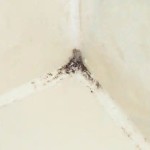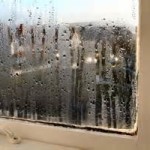In regard  to chemicals, I use soap and water, eco-friendly soap at that. I believe it to be the process of cleaning that determines the efficacy, not the chemical used. Using soap to clean mold is not only logical but safe. The companies that have adopted “in-place” remediation methods and what I call “chemical dependence” may appease the adjuster or payee but ultimately disservice the occupant. Besides, does it really make sense to use a carcinogen or other harsh chemical to “kill” and allergen?
to chemicals, I use soap and water, eco-friendly soap at that. I believe it to be the process of cleaning that determines the efficacy, not the chemical used. Using soap to clean mold is not only logical but safe. The companies that have adopted “in-place” remediation methods and what I call “chemical dependence” may appease the adjuster or payee but ultimately disservice the occupant. Besides, does it really make sense to use a carcinogen or other harsh chemical to “kill” and allergen?
I strive to expose my competitor’s pretense to knowledge as I believe that some form of common sense will eventually outweigh mass marketing and the assumptions based therein. I attempt to educate the client beyond methodology and introduce the world of moisture and thermo dynamics. It’s tough out there, if you’re not buying your way into the clients house, fabricating reality for the mass media or selling the quick-fix, than your probably sitting at a computer typing this.

